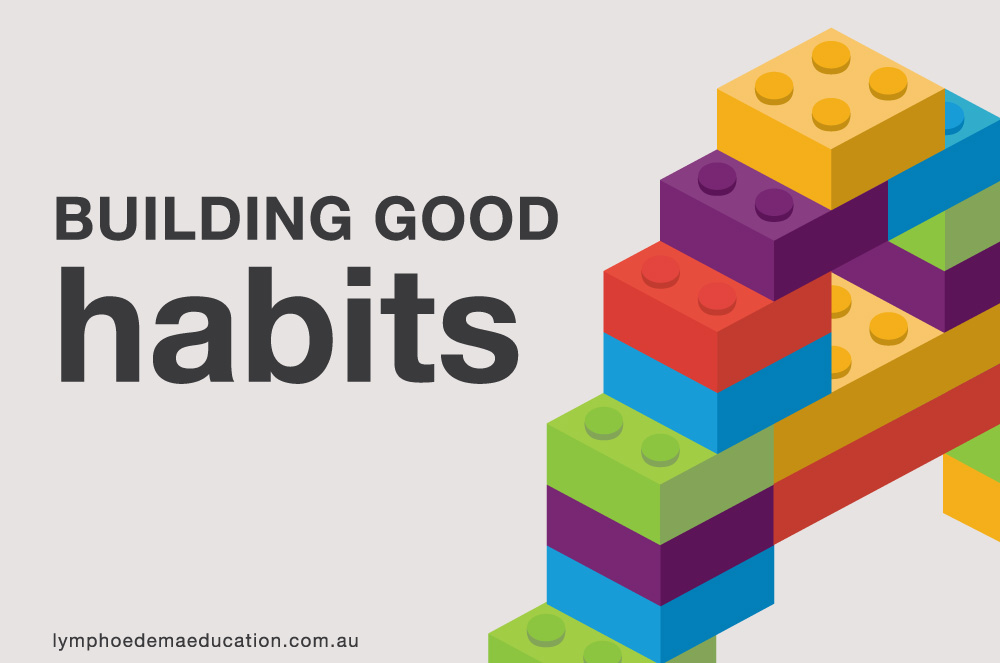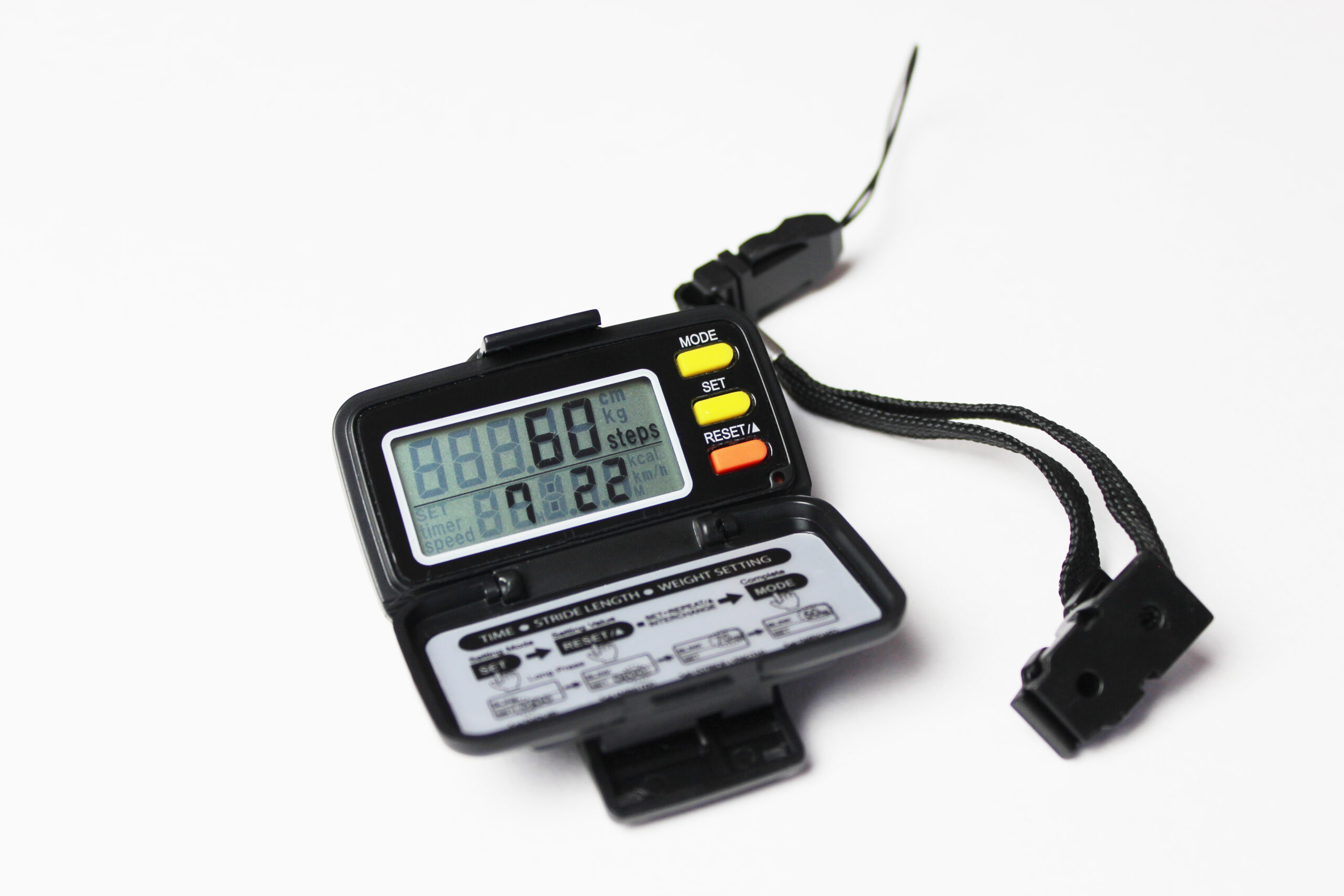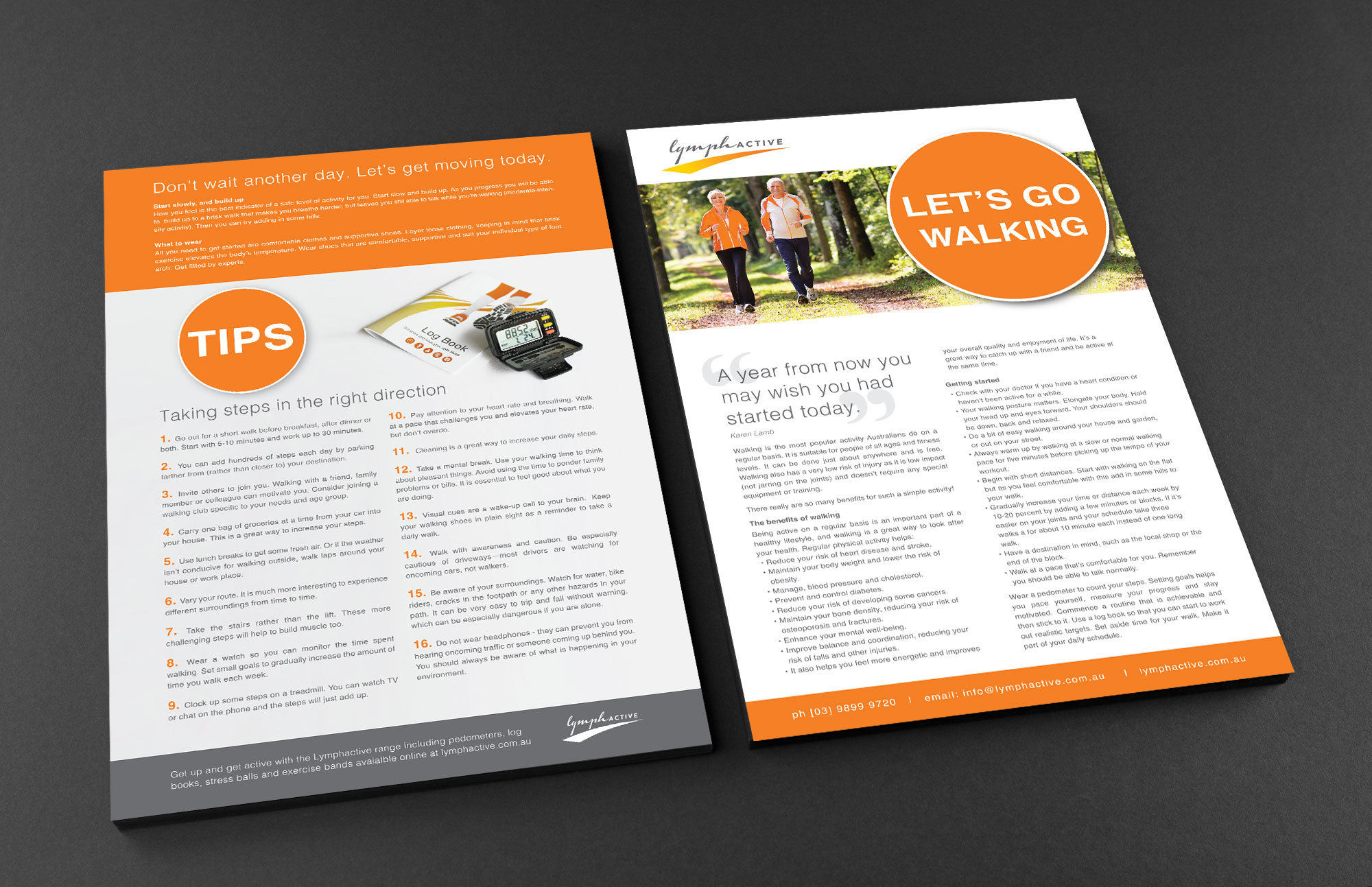Have you ever stopped to think how much of your life is built around habits? You do many of the same things today that you did yesterday and the day before. Creating a new habit requires you to focus on training your brain to succeed at small changes, then gaining confidence from that success.
In the early stages, building a new habit can be completely derailed by missing even one day if you don’t start off on the right path. You can create greater clarity and awareness to encourage positive action by asking yourself the following questions.
Before you start
- Define it – What is my goal?
- Want it – Why is the task important to me?
- Create a deadline – When do I plan to accomplish my goal?
- Create a plan – When and how will it happen?
Once you have started
- Track and review your progress – How am I going?
Tips
Make it fun. If you are looking forward to it, it will stay top-of-mind.
Set a reminder on your alarm, phone, calendar or scheduling software.
Create an inspirational chart to track your progress or treat yourself to a reward when you reach milestones.
Pay attention to how your habit is treating you. Review, update and improve if required.
The Habit Loop
Author Charles Duhigg explains a simple three-step process that all habits follow. This cycle, known as The Habit Loop, says that each habit consists of…
- The Trigger: the event that starts the habit.
A trigger is defined as an event that kicks off the automatic urge to complete a habit. Triggers are the key to forming new habits and breaking old ones. The trigger helps to make the habit action happen. We can use triggers to program our behaviour.
- The Routine: the behaviour that you perform, the habit itself.
- The Reward: the benefit that is associated with the behaviour.
The reward is what you gain by doing the new action. This could be something intrinsic by taking moment to pause after the actions to reflect on:
Physical feeling in your body (What feels differently from before?)
Mental feeling (Are you calmer, focused or inspired?)
Satisfaction of completion (How do you feel about yourself?)
Subjective experience of the habit (What was different this time?)
Your reward could also be something extrinsic such as:
Physiological (have a snack, drink tea, take a short break)
Psychological (check into habit app, cross off a day on calendar)
Social (text accountability partner, talk to a friend, share to social media)
Physical (do a fist pump, victory dance, smile)
Verbal (praise yourself, say a phrase like “way to go!”, sing a song)
Audial (play a favourite song or sound that makes you feel good)
Set up your trigger
There are five primary ways that a new habit can be triggered. If you understand each of them, then you can select the right one to help build a new habit.
- What time is it? (Every Monday morning at 7.30am, I will go for a walk)
- Where are you? – location/environment (When I go to the shops to get groceries, I will walk for 10 minutes)
- What did you just do? – preceding event. Many habits are a response to something else that happens in your life. (Once I have finished eating breakfast, I will go for a walk)
- What emotion are you feeling – emotional state (When I notice that I’m feeling particularly stressed, I will go for a walk)
- Who else is around – other people (When Cathy comes to visit, we will go for a walk)
The best triggers are all:
- Specific. The instructions are clear, leaving no room for interpretation.
- Consistent. Happening every single day with a reliable frequency.
- Automatic. The trigger happens on its own without any ongoing effort.
- Unavoidable. You cannot do anything to avoid encountering the trigger.
In order to create strong habits, we need strong triggers. If you regularly forget to do your habit, change context associations. Try linking the habit to a different specific time, preceding event location-based reminder or finding a habit ally.
Conclusion
Through repetition, determination and a smart approach, it’s possible to form and maintain new habits. Remember, for a habit to change, you must believe change is possible.
Christmas gift idea
Clients can track the success of their walking habit by wearing a pedometer. Order online from Lymphactive by 17 December for delivery within Australia for Christmas.





